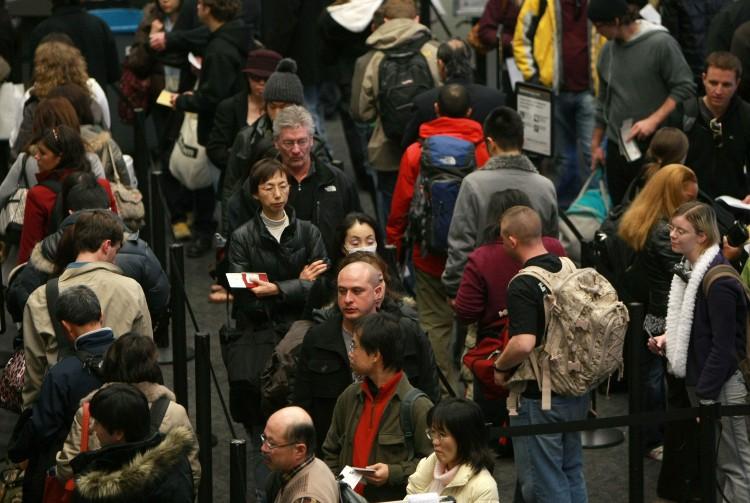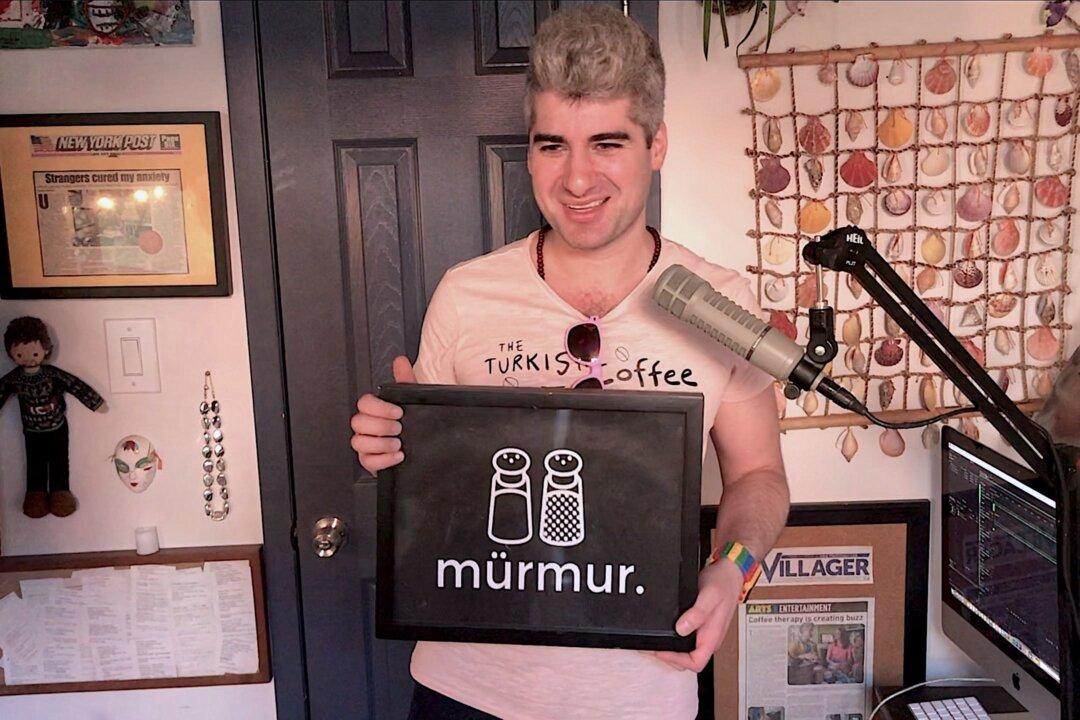SAN FRANCISCO—While the full impact of cuts resulting from the federal sequester is still uncertain, the mayor’s budget office estimates the Central Subway project, the city’s public health programs, and services for the homeless will especially suffer.
The Budget and Finance Committee of the San Francisco Board of Supervisors held a hearing Wednesday on how reduced federal funding will potentially affect the city’s budget and services.
The federal sequester is a mechanism of automatic federal spending cuts that began taking effect on March 1, as neither party in Washington could agree on how to implement a deficit-reduction plan of $4 trillion.
“The majority of reductions … are potentially to Muni, related to the full funding grant agreement of the Central Subway and the Department of Public of Health,” said Kate Howard, the mayor’s budget director, who testified at the committee on Wednesday.
The Central Subway project is funded by more than $942 million in federal money.
The Mayor’s Office of Public Policy and Finance tracks up to $8.5 million in general fund impacts this year and $13 million next year, Howard said.
She stressed that until Congress passes a budget, the full impact of the federal sequester cuts will not be known.
“The ultimate impacts here are unclear, since … we have not gotten any formal notification from the federal government,” said Howard.
Additional uncertainty is added by the fact that the city receives some federal grants that are funneled through the state.
The office estimates reductions to the Department of Public Health will be up to $7 million in the first year and up to $9.5 million in the second year, impacting HIV services as well as woman and infant nutrition programs.
Howard said the housing and homeless services of the Housing Authority would also be significantly impacted, with almost $13 million in potential reductions for the current year.
Since the Navy and Air Force are considering eliminating The Blue Angels and Fleet Week, this might have a potential impact on one of the city’s biggest crowd-enticers. Combined, they generate an estimated $64 million in economic activity.
Due to cuts at Transportation Security Administration and Federal Aviation Administration, the office expects flight delays of up to 90 minutes and more at security check points at SFO and other local airports.
Reduced federal funding for national parks could decrease Golden Gate National Recreation Area funds by $1.4 million. Additionally, $5 million might be scrapped for radioactive cleanup at Hunter’s Point and Treasure Island.
The sequester will cut federal programs across the board for a decade, although certain programs and budget items, like Medicaid and military pay, are exempt.
The White House compiled a list of areas and of how this year’s $85 billion in cuts will impact each state.
For California, the federal government expects that 129,700 fewer workers will be able to receive job training, 1,210 teachers and aides are at risk of losing their jobs, the Civil Department of Defense will need to furlough 64,000 employees, 15,810 fewer children will receive free vaccines, and funds for protecting clean air and water will be reduced by $12.4 million.
Leading Republicans question the White House’s methodology for estimating impacts, and accuse President Barack Obama of fearmongering.
Some observers, like Alice M. Rivlin, senior fellow at the Brookings Institution, expect the cuts to inconvenience citizens, for example with longer lines at airports, and to harm those who are dependent on the programs and jobs. Additionally, they believe the reduced investment in education, infrastructure, research, and public health, plus interruption to other services vital to the economy, will impair economic growth and thereby threaten jobs in the private industry as well.






